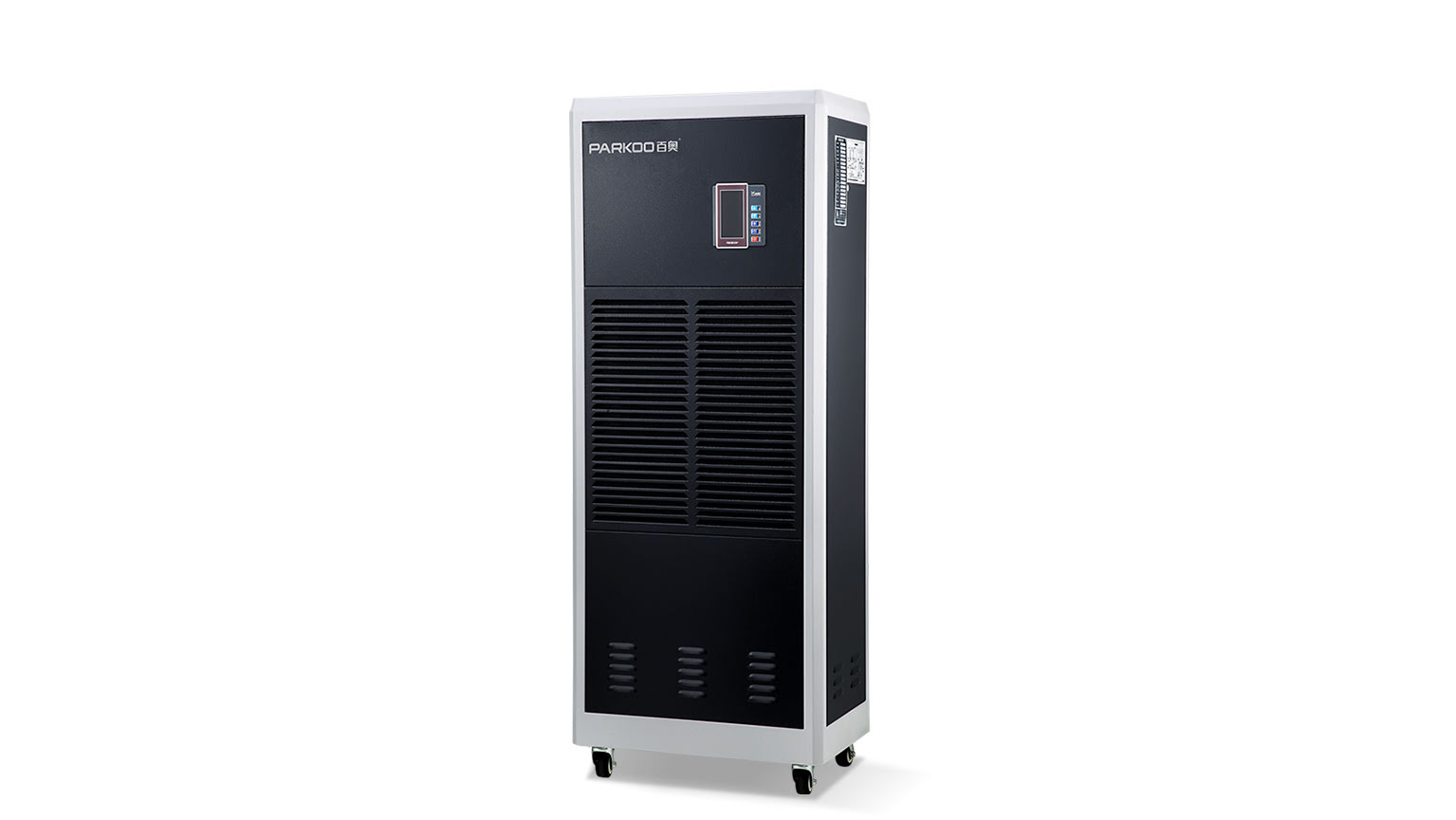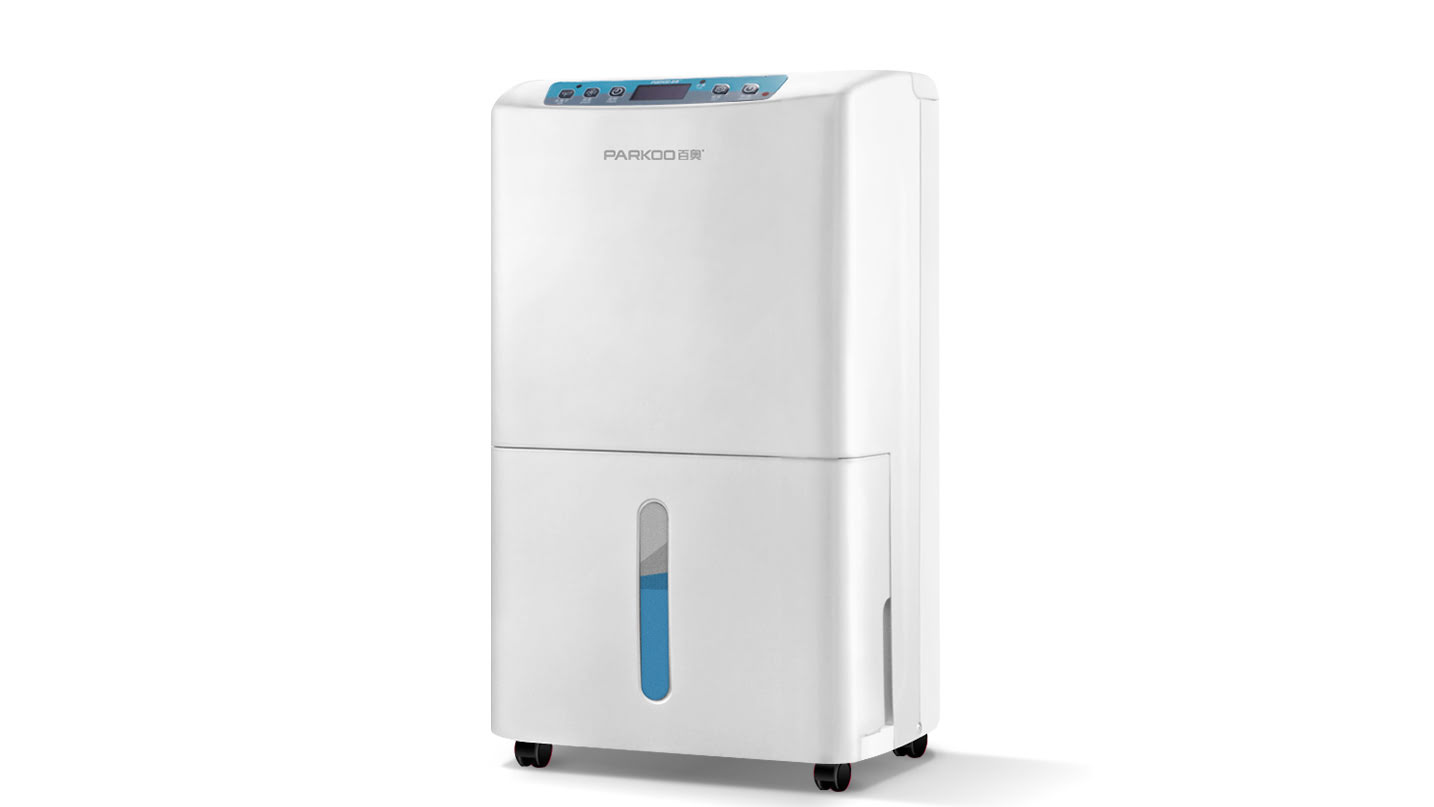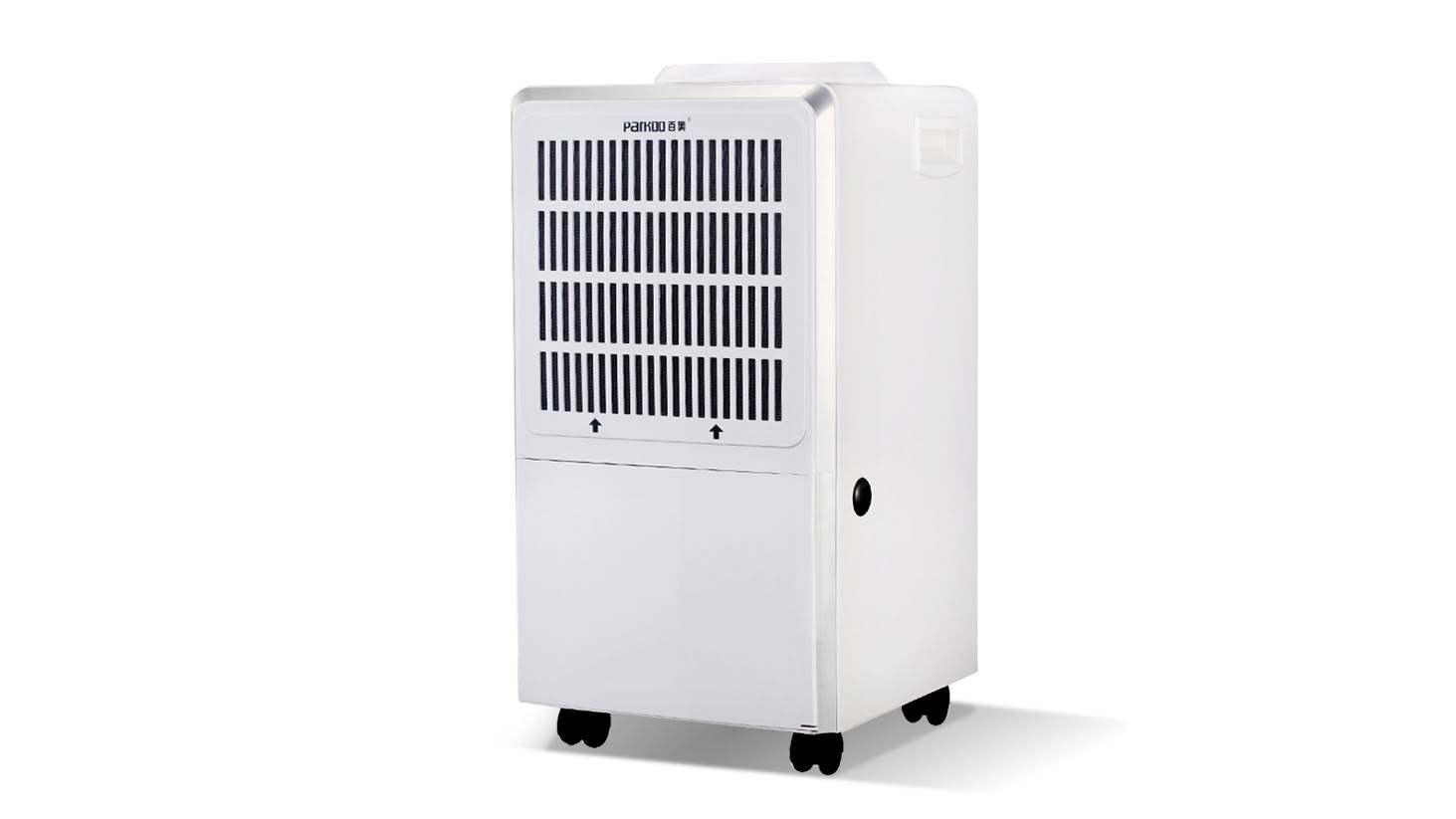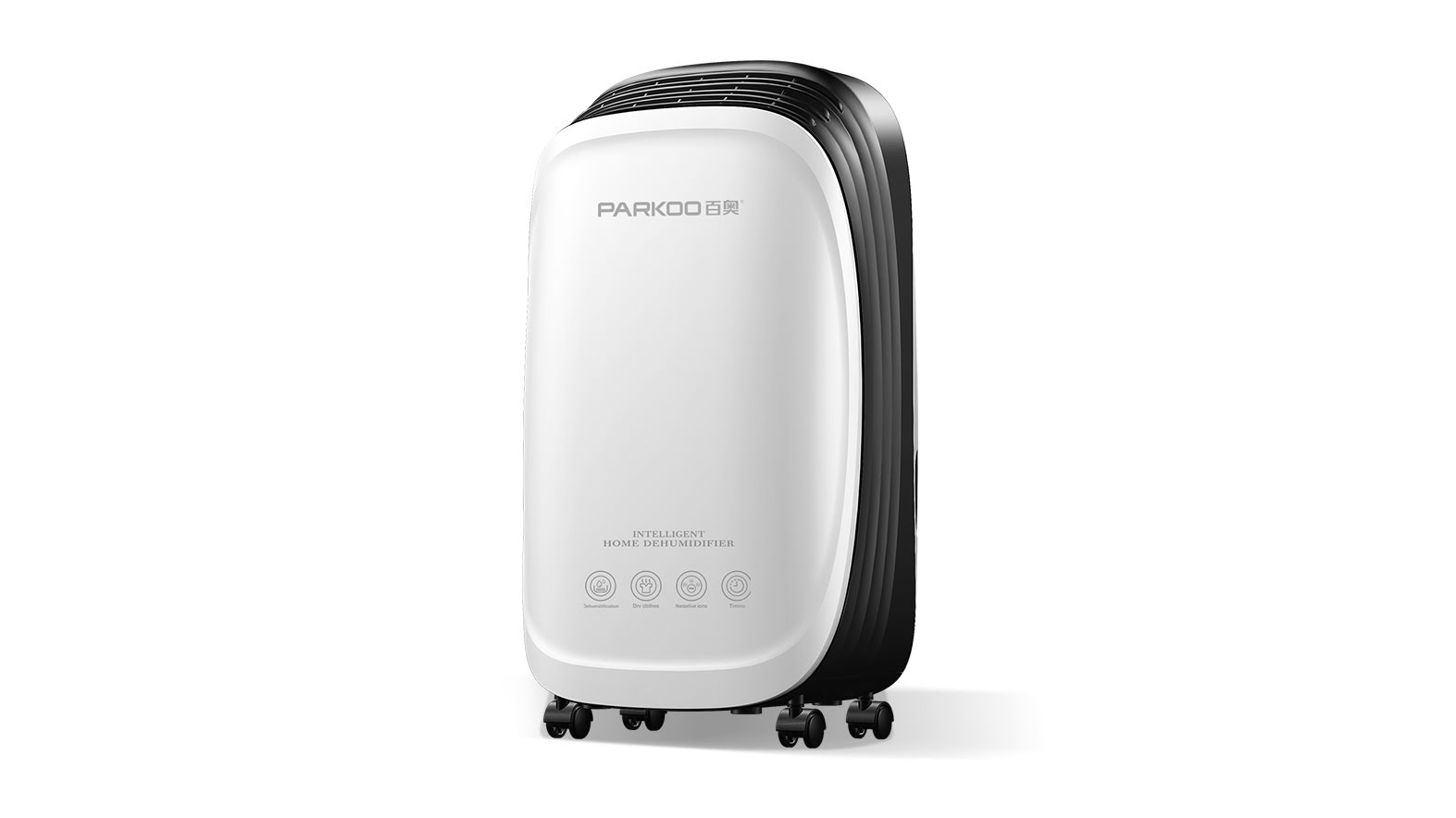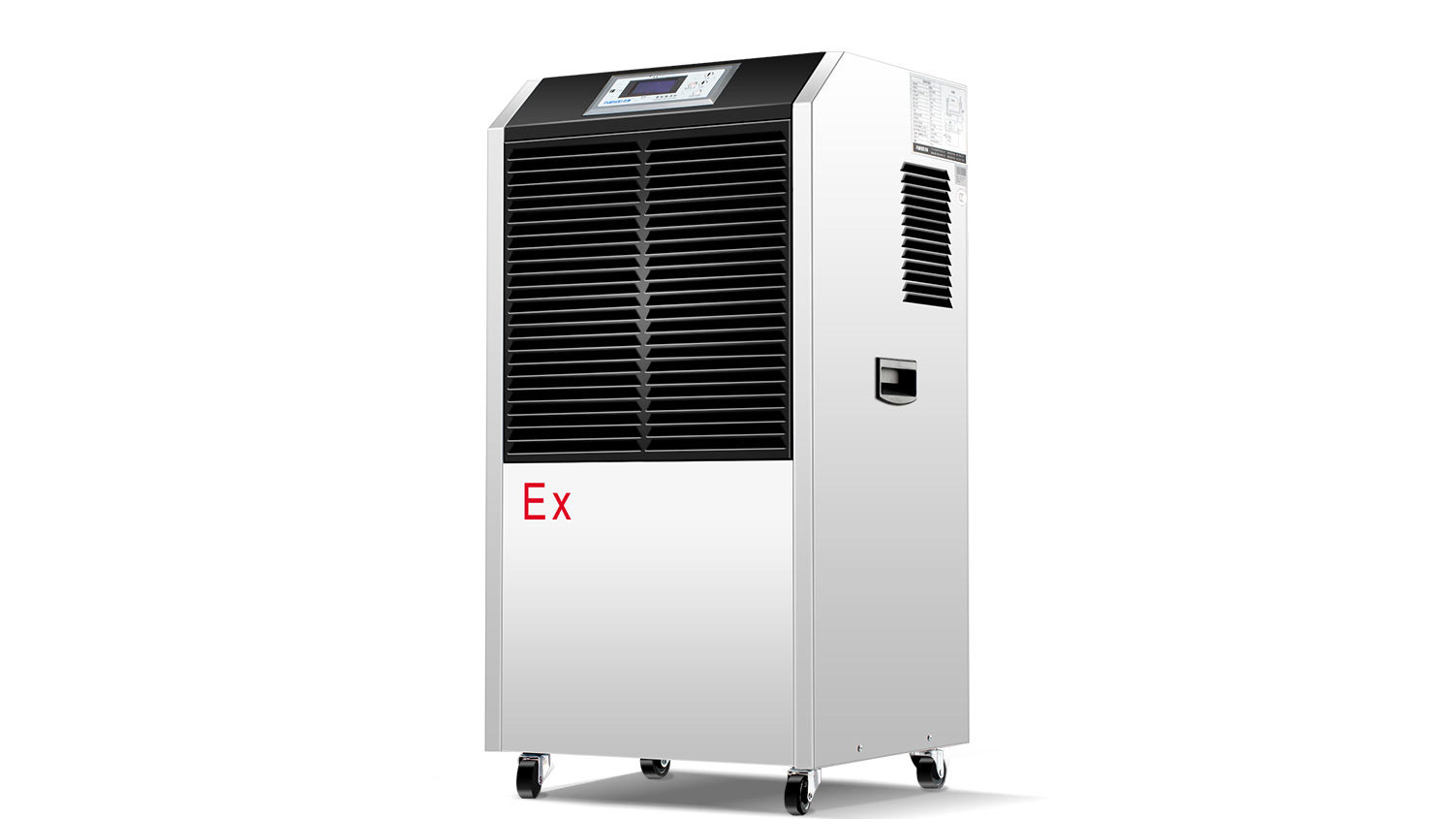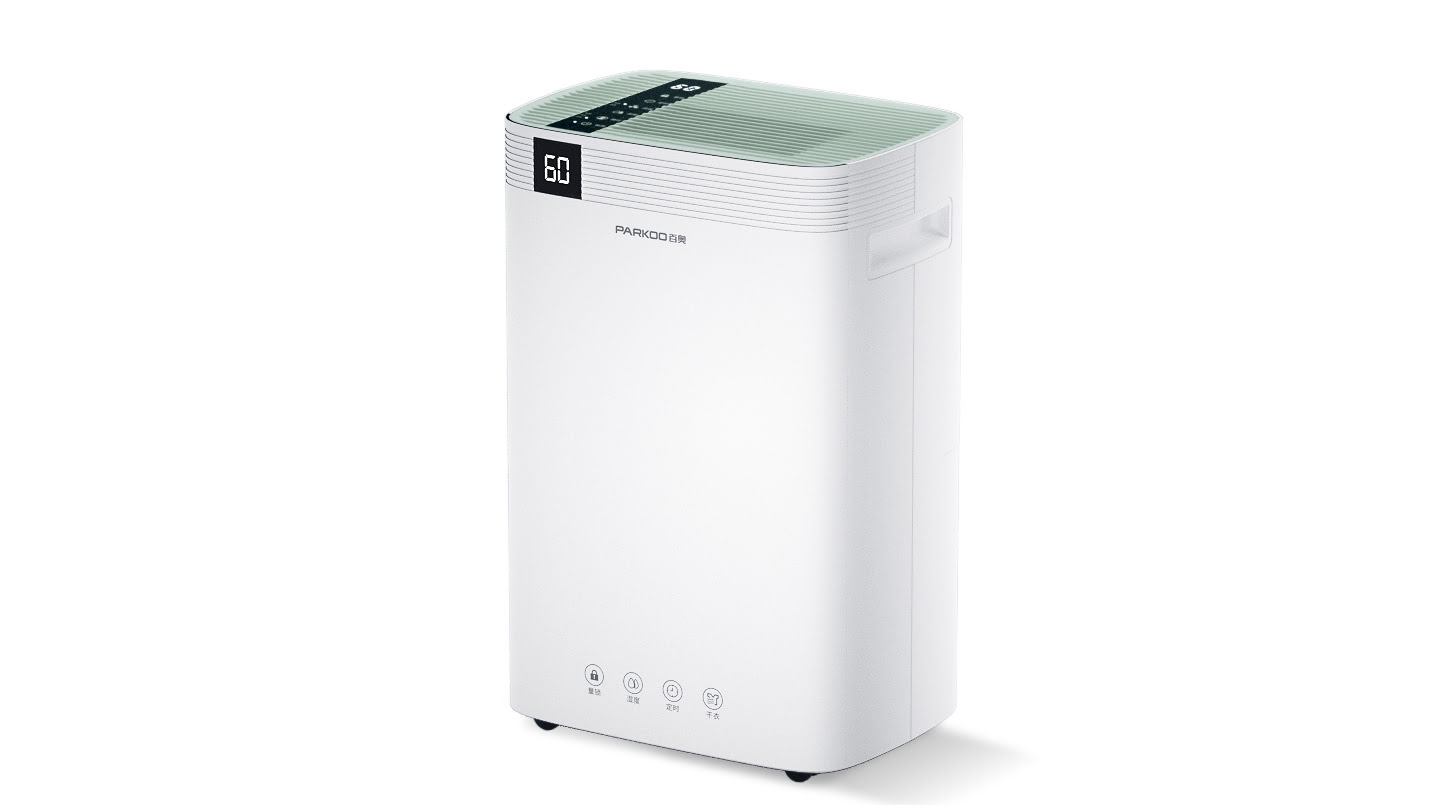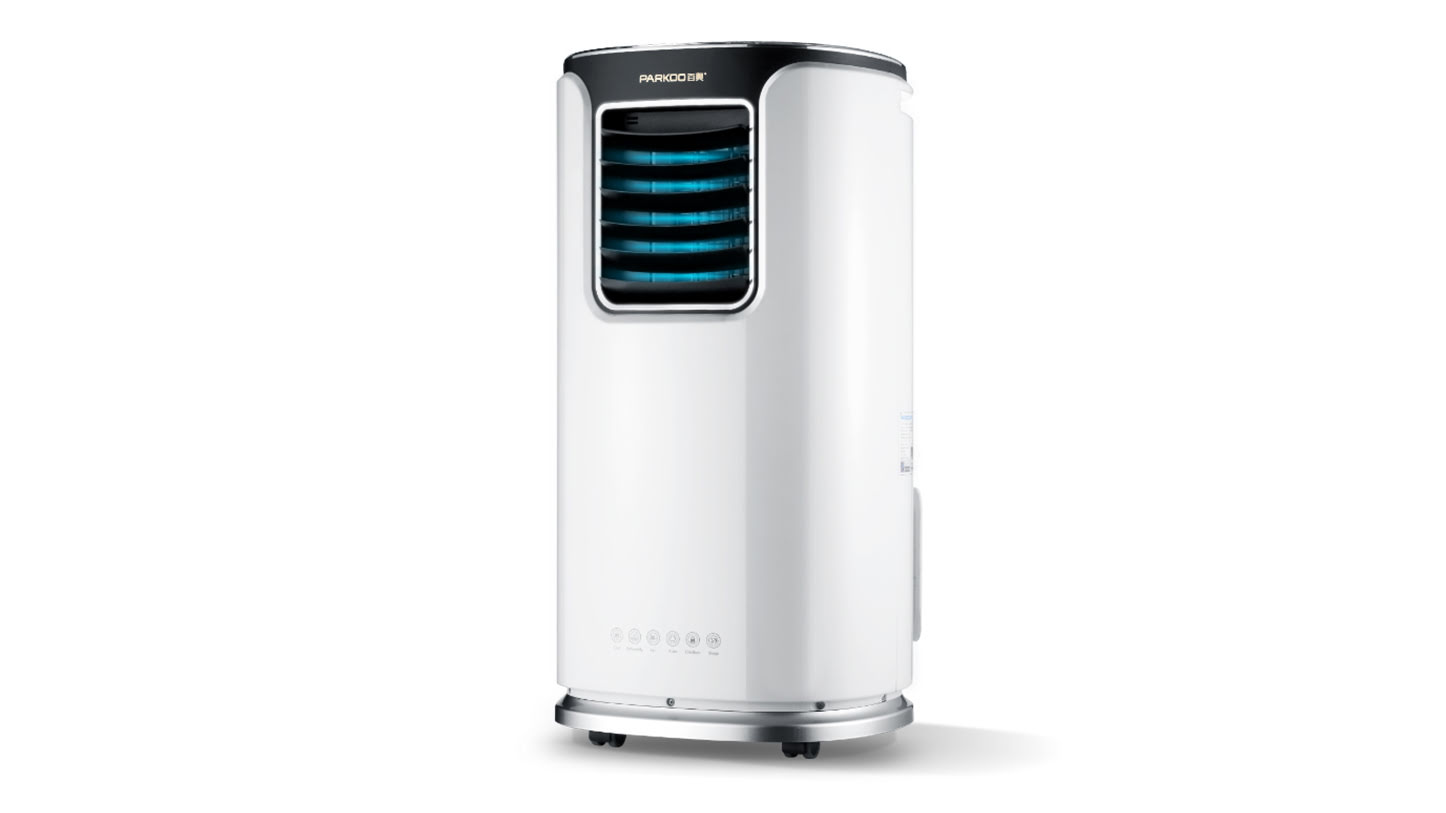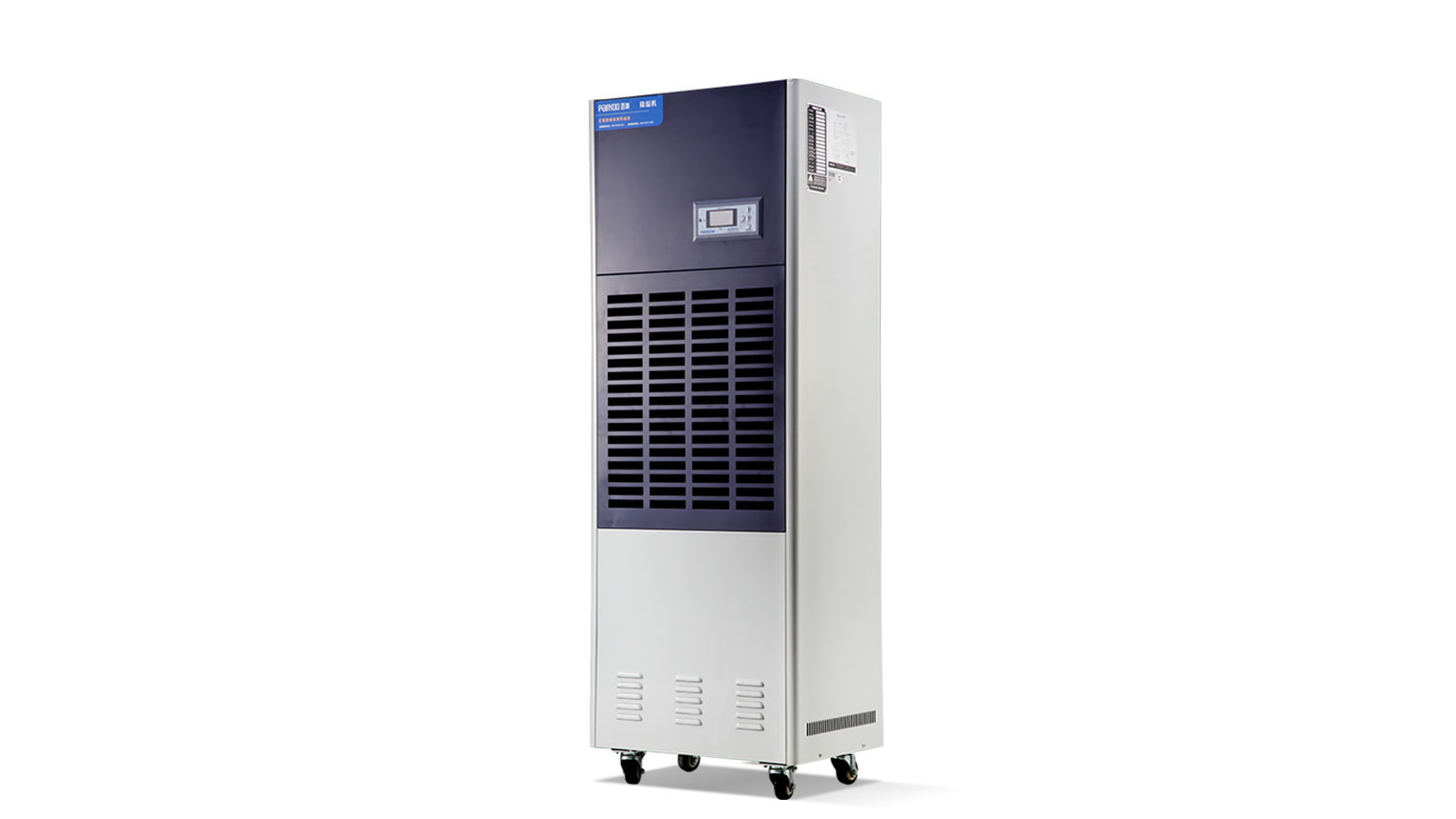Wood contains a ceRTain amount of moisture. The amount of water in wood varies with tree species, age, and logging season. In order to ensure the Quality of wood and wood Products and Extend their service life, appropriate measures must be taken to reduce the moisture content (moisture content) in the wood to a certain extent. To reduce the moisture content of wood, it is necessary to increase the temperature of the wood, allowing the moisture in the wood to evaporate and move outward. In air with a certain flow rate, the moisture can quickly leave the wood, achieving the goal of drying. In order to ensure the quality of the dried wood, it is also necessary to control the huMidity of the drying medium (such as the commonly used wet air) to achieve rapid and high-quality drying of the wood. this process is called wood drying. Due to the fact that the above method utilizes convective heat transfer to dry wood from the outside, it is also known as convective drying. In summary, wood drying is the process of water being expelled from the wood by evaporation or vaporization
Conventional drying is a method of using atmospheric wet air as the drying medium, sTeam, Hot water, furnace gas, or hot oil as the heating medium, indirectly heating the air, and heating the wood through convection to achieve the drying Purpose. In conventional drying, the majority of drying rooms use Steam as the heat medium, commonly referred to as steam drying The difference between high-temperature drying and conventional drying is that the drying medium has a higher temperature. The drying medium can be wet air or SupeRHeated steam. High temperature drying has the advantages of fast drying speed, good dimensional stability and short cycle. However, high temperature drying is prone to produce drying defects, darkening of wood color, case-hardening and difficult processing DeHumidification drying, like conventional drying, also uses atmospheric humidity air as the drying medium and air convection to heat wood. It has the Advantages of energy Conservation, good drying quality, and no Environmental pollution. However, dehumidification drying Usually has low temperature, long drying cycle, relies on Electric heating, and high power consumption, which affects its promotion and Application
Solar drying is the use of solar radiation to heat air and circulate hot air between the collector and the wood pile to dry wood. There are generally two types of solar drying: greenhouse type and collector type. The former integrates the collector and drying chamber, while the latter arranges the collector and drying chamber separately. The layout of the solar drying room with a collector type is flexible, and the collector area can be large, and the corresponding drying room capacity is also larger than that of a Greenhouse type. Although solar energy is a clean and inexpensive energy source, it is an intermittent energy source greatly affected by climate, with a long drying cycle and a large investment per Unit volume, which limits the promotion of solar energy
Vacuum drying is the drying of wood under atmospheric pressure. The drying medium can be wet air, but most of it is Superheated steam. during vacuum drying, the difference of Vapour pressure of water inside and outside the wood increases, which accelerates the water migration speed in the wood. Therefore, the drying speed is significantly higher than that of conventional drying, which is usually 3-7 times faster than that of conventional drying. At the same time, due to the low boiling point of water in the vacuum state, it can achieve higher drying rates at low drying temperatures, short drying cycles, and good drying quality, especially suitable for drying thick hard hardwood. Due to the complexity, high investment, high power consumption, and generally Small capacity of vacuum drying Systems, it is difficult to Maintain vacuum High frequency drying and microwave drying both use wet wood as the dielectric, and under the action of alternating electromagnetic fields, water molecules in the wood rotate rapidly and frequently, causing friction and heat generation between water molecules, causing the wood to be heated and dried from the inside out simultaneously. The characteristics of these two drying methods are fast drying speed, uniform temperature field inside the wood, low residual stress, and good drying quality. The difference between high-frequency and microwave drying is that the former has low frequency, long wavelength, deep Penetration depth to wood, and is suitable for drying thick wood with large section. The frequency of microwave drying is higher than that of high frequency (also called Super high frequency), but the wavelength is shorter. Its drying Efficiency is faster than that of high frequency, but the Penetration depth of wood is not as high as that of high frequency drying The advantage of high-frequency and microwave drying is that the drying speed is very fast, usually doZens or even hundreds of times faster than conventional drying. Secondly, the temperature inside the wood is uniform, the drying stress is small, and the quality is good. However, the drawbacks of these two drying methods are high investment and power consumption, and if the power selection is different, excessive power or improper drying process control can easily lead to internal cracking and Carbonization. In addition, microwave drying is not Ideal for wood with larger thickness or higher moisture content Due to the outstanding advantages of microwave and high-frequency drying in solving the drying problem of large cross-section core square materials, and the improvement of microwave and high-frequency drying equipment, the drying process has gradually matured. Its Industrial application and vacuum drying ratio are similar, and usually vacuum microwave, vacuum high-frequency combined drying
Flue gas drying is the primary stage of conventional furnace gas drying, generally referring to small drying rooms constructed by local methods. The advantage is low investment and low drying cost. Its main drawbacks are that smoke and dust Cause serious environmental pollution, are prone to fires, and the drying quality is not easy to guarantee, which is extremely prone to causing losses In addition, there is also the widely controversial wax boiling process in the mahogany industry. To be Precise, the wax boiling process belongs to the drying process, but it is not entirely a drying process. It is a process technology that stabilizes wood properties and Prevents cracking in wood drying treatment. Not every type of wood requires boiling paraffin. The grooves of paraffin are different, which can help dry the wood. However, due to the different thickness and density of the dried wood, the required grooves may be different, so the cost during use may be higher. It is Currently rarely used in the field of solid wood due to its relatively high technical difficulty and is still being continuously Improved
